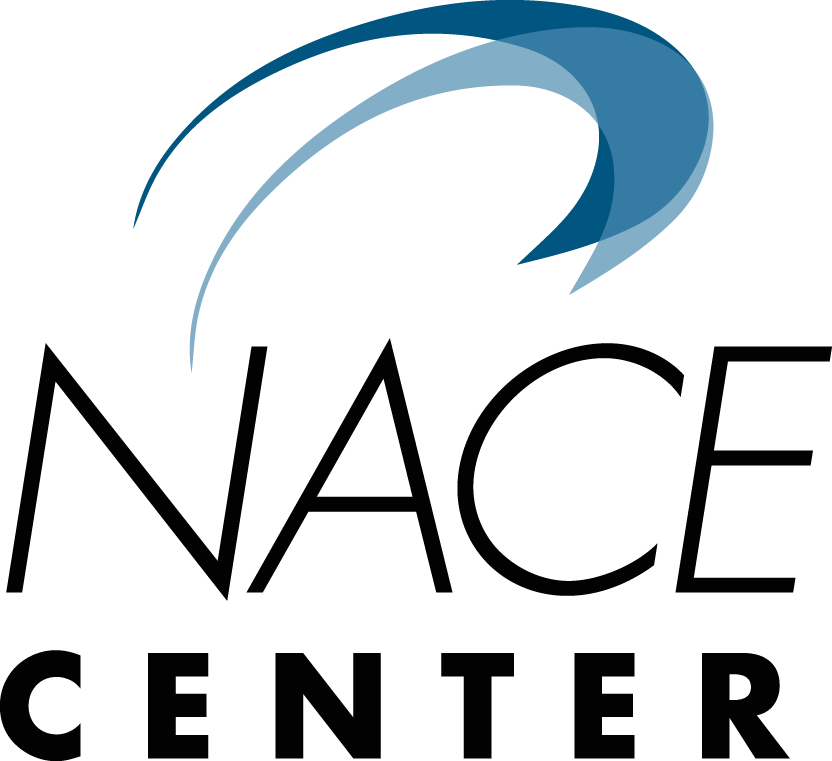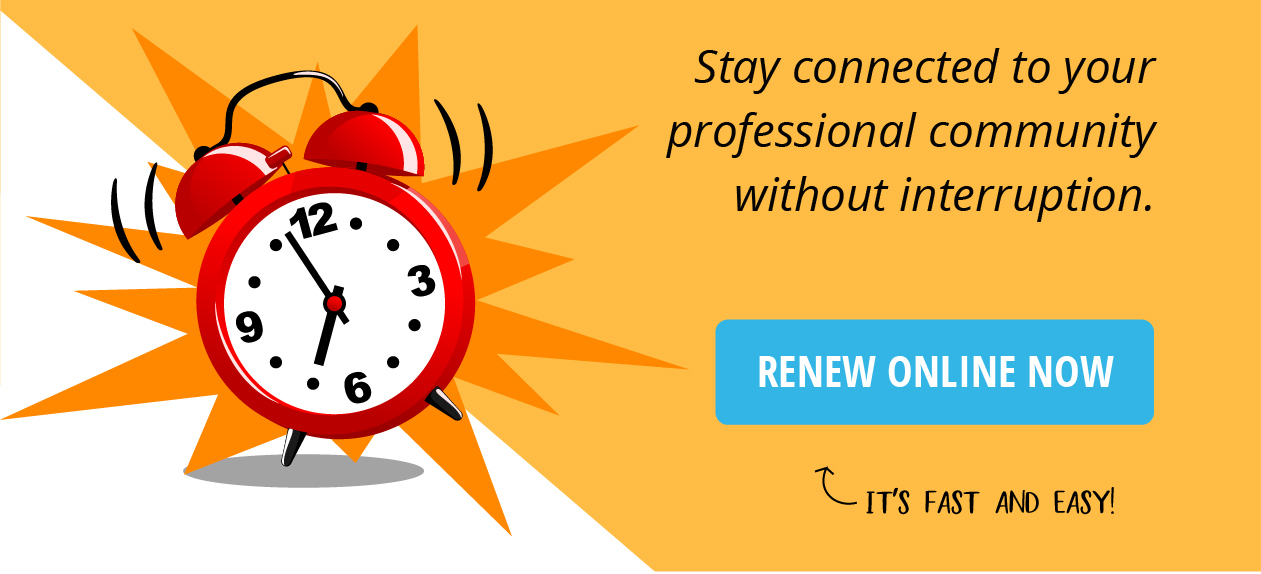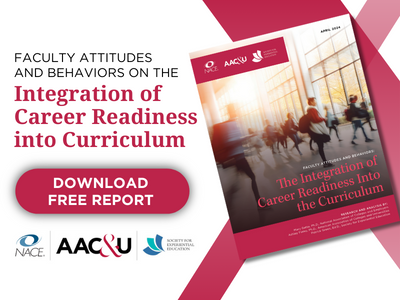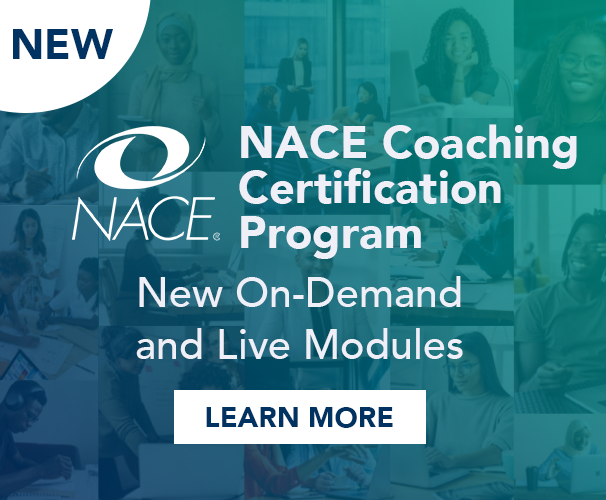Spotlight for Career Services Professionals
Spotlight for Recruiting Professionals
The guarded optimism of early June has faded into the reality that the COVID-19 pandemic has had a historically significant impact on college enrollments for the fall.
“At this point, we don’t have a lot of answers because the situation is very fluid,” says Michael Reilly, executive director of the American Association of Collegiate Registrars and Admissions Officers (AACRAO).
“In just about every sector—except with for perhaps some of the more selective and flagship institutions—we are seeing declines in enrollment. There was a lot more optimism in early June that things were going to return to some semblance of normal, but the situation has declined considerably. We have never seen anything like it.” (For more information, see AACRAO’s COVID-19 webpage.)
For example, Reilly says the drop in enrollments at community colleges is ranging between 10% and 30%. While some expected a bump in enrollments at community colleges as students from four-year schools look to save money and, perhaps, take some courses that are required by their institutions, economic and social factors have swayed the decisions of other students.
“On the other end, however, low-income and first-generation students are choosing not to enroll this year,” Reilly explains.
“This could be partly be because we have more than 30 million Americans out of work and the government has not extended the enhanced unemployment benefit. These students might be making some decisions about food on the table and paying utilities versus paying for school. Furthermore, as schools go online, despite everybody's efforts to make resources available, this group has the least access to high-speed internet, so even if they wanted to go online and start their terms, they just don't have the tools to do it.”
First-time freshmen are also affecting enrollments by delaying the start of their college careers until they can attend in person.
“This group has been very fluid,” Reilly notes.
“Many campuses think first-time freshmen confirmations are soft because there's ambivalence about starting their college experience online, and as we saw, many campuses pivoted to that pretty late in the cycle.”
Another area that has seen significant decline is international student enrollments, which had grown by 7% to 8% a year for more than a decade.
“We saw this administration float the idea of not letting any student stay in the United States if they were attending a school that is totally online,” Reilly says.
“[The administration] backed off of that, but it maintained that same position for new visas. The [federal government], technically, will not issue a visa for a student at any institution that is online only in the fall. For some campuses, this could mean losing 50% of their incoming students.”
Reilly says that in response to the economic downturn in 2008, the federal government issued the American Recovery and Reinvestment Act (ARRA), which, he explains, included making money available for retraining to adults who had lost jobs.
“We actually saw jumps in enrollments then, particularly at community colleges,” Reilly says.
“The government has not put together a new stimulus bill, so we're not seeing that sort of program out there right now.”
Student attitudes toward virtual learning—and their perception of the return on their investment in it—are also negatively impacting enrollments. Reilly says that the experiences students had with virtual learning in the spring were not very positive and that has carried over to this fall.
“It is important to point out, however, that what students experienced in the spring was not true virtual learning through a dedicated and organized virtual program,” Reilly says.
“It was mostly just rapidly pivoting to Zoom to resume learning. It wasn’t a very good experience. Students are concerned about starting virtually.”
On the other hand, Reilly points out, this is not a good year to take a gap year because students are limited with travel and internship opportunities. Because of this, some enrollments are fluid.
“Some students are figuring out that, while they wanted to do something different, school may be their only choice,” he says.
“We see that a few students who thought they were going to stay out of school this fall came back in at the last minute because things are so uncertain.”
The hope, Reilly explains, was that schools could open in person.
“That was everybody's desire,” he notes.
“Some campuses held out to the bitter end to switch to virtual terms because they were afraid they would lose student commitments. Now, there are so few campuses that have opened in person and, quite honestly, we're not seeing very positive news from them with new COVID-19 cases and students partying. That's a problem. Students did hold hope to go in person and probably waited to make the decision until the campus decided, but now that we're at the very start of this term, everything is in flux.”
Reilly believes it will be difficult to get back to some sense of “normal” by the spring term because of a combination of possibly not having a vaccine available and the intersection of the COVID pandemic with the flu season.
“I think people have some optimism that by fall of 2021, we can be back to some sense of normalcy,” he adds.
“Some of this will depend on whether the government will put resources into retraining. If it does, that will bring a lot more adults back to community colleges, in particular, but also help some of the baccalaureate sector. Of course, we don’t know what this is going to do to upend the whole admissions process. ‘Test optional’ may now be the norm and we may see more schools move to more holistic admissions, which tends to open up their seats to a broader range of students because they are not relying on things like standardized tests.”
For now, the impact of COVID-19 on campuses has necessitated some new ways of doing things. Of course, there has been a substantial uptick in the use of virtual platforms, but some schools are using these creatively. For instance, Reilly cites the example of several schools using Minecraft to build virtual campuses and provide prospective students with virtual tours.
“These kinds of things will stay after the pandemic because admissions recruiters will find them effective and it certainly expands the school’s recruitment zone versus being limited to physically visiting schools,” he says.
“It offers a means for the school to recruit more broadly. At the same time, when students aren’t taking the PSAT, the ACT, or the SAT, that was a main source of names for colleges and universities to use to recruit new students, so they have to find new ways to do that. I do recommend that campuses focus on virtual support tools, but at the same time, that they don’t go so overboard that students who lack access to high-speed internet suddenly find themselves lost in a totally virtual admissions process.”
This is also a prime time for colleges and universities to review their operations and structure for inefficiencies.
“We are seeing a lot of discussions about mergers and restructuring higher education systems, particularly at the public level,” Reilly points out.
“This is a good opportunity for campuses to look at their programs and, where they have ones that have not had large enrollments, to find ways to eliminate those or merge them into other units. I think this may be an impetus for higher ed to be more efficient. We probably needed to revise our business model, but this is forcing our hand.”






